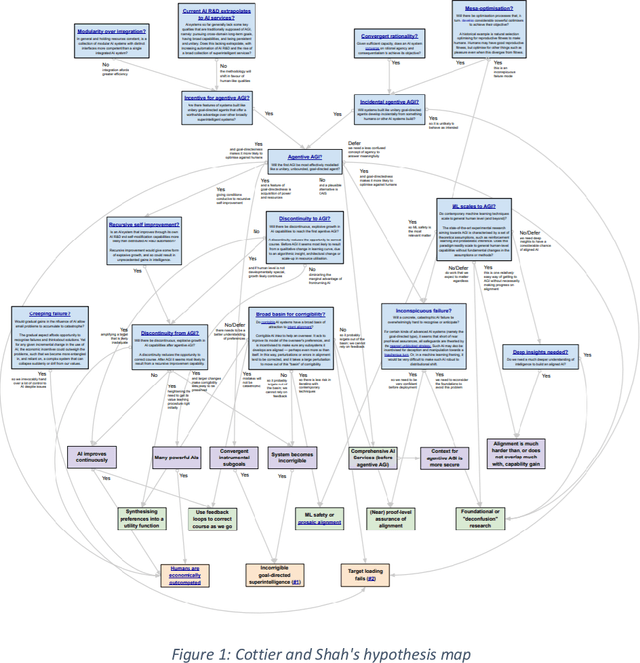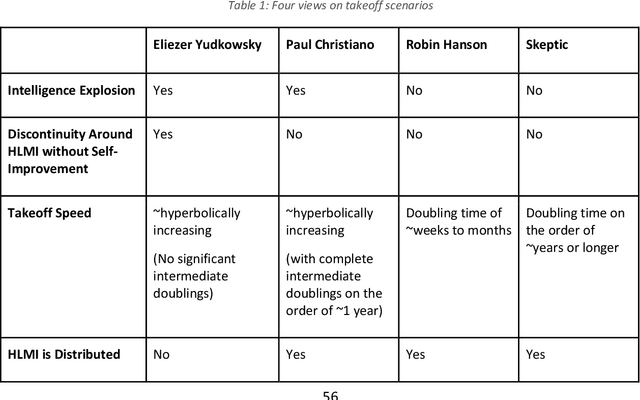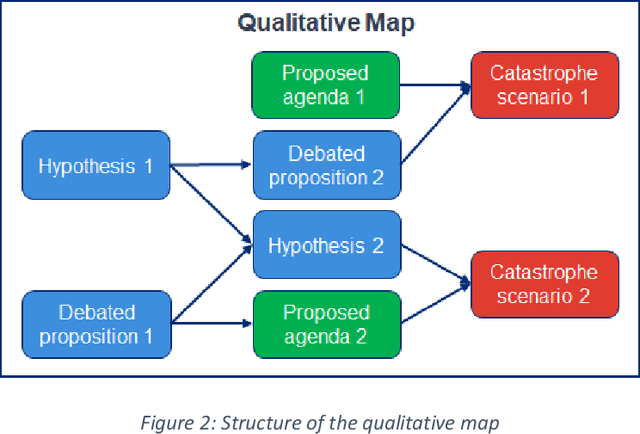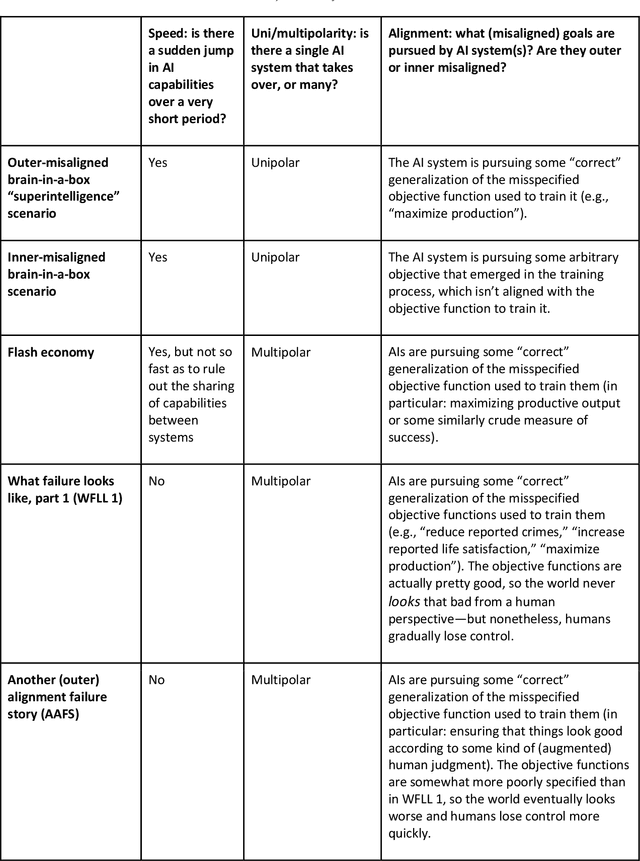Daniel Eth
An International Consortium for Evaluations of Societal-Scale Risks from Advanced AI
Nov 06, 2023



Abstract:Given rapid progress toward advanced AI and risks from frontier AI systems (advanced AI systems pushing the boundaries of the AI capabilities frontier), the creation and implementation of AI governance and regulatory schemes deserves prioritization and substantial investment. However, the status quo is untenable and, frankly, dangerous. A regulatory gap has permitted AI labs to conduct research, development, and deployment activities with minimal oversight. In response, frontier AI system evaluations have been proposed as a way of assessing risks from the development and deployment of frontier AI systems. Yet, the budding AI risk evaluation ecosystem faces significant coordination challenges, such as a limited diversity of evaluators, suboptimal allocation of effort, and perverse incentives. This paper proposes a solution in the form of an international consortium for AI risk evaluations, comprising both AI developers and third-party AI risk evaluators. Such a consortium could play a critical role in international efforts to mitigate societal-scale risks from advanced AI, including in managing responsible scaling policies and coordinated evaluation-based risk response. In this paper, we discuss the current evaluation ecosystem and its shortcomings, propose an international consortium for advanced AI risk evaluations, discuss issues regarding its implementation, discuss lessons that can be learnt from previous international institutions and existing proposals for international AI governance institutions, and, finally, we recommend concrete steps to advance the establishment of the proposed consortium: (i) solicit feedback from stakeholders, (ii) conduct additional research, (iii) conduct a workshop(s) for stakeholders, (iv) analyze feedback and create final proposal, (v) solicit funding, and (vi) create a consortium.
Modeling Transformative AI Risks (MTAIR) Project -- Summary Report
Jun 19, 2022



Abstract:This report outlines work by the Modeling Transformative AI Risk (MTAIR) project, an attempt to map out the key hypotheses, uncertainties, and disagreements in debates about catastrophic risks from advanced AI, and the relationships between them. This builds on an earlier diagram by Ben Cottier and Rohin Shah which laid out some of the crucial disagreements ("cruxes") visually, with some explanation. Based on an extensive literature review and engagement with experts, the report explains a model of the issues involved, and the initial software-based implementation that can incorporate probability estimates or other quantitative factors to enable exploration, planning, and/or decision support. By gathering information from various debates and discussions into a single more coherent presentation, we hope to enable better discussions and debates about the issues involved. The model starts with a discussion of reasoning via analogies and general prior beliefs about artificial intelligence. Following this, it lays out a model of different paths and enabling technologies for high-level machine intelligence, and a model of how advances in the capabilities of these systems might proceed, including debates about self-improvement, discontinuous improvements, and the possibility of distributed, non-agentic high-level intelligence or slower improvements. The model also looks specifically at the question of learned optimization, and whether machine learning systems will create mesa-optimizers. The impact of different safety research on the previous sets of questions is then examined, to understand whether and how research could be useful in enabling safer systems. Finally, we discuss a model of different failure modes and loss of control or takeover scenarios.
 Add to Chrome
Add to Chrome Add to Firefox
Add to Firefox Add to Edge
Add to Edge